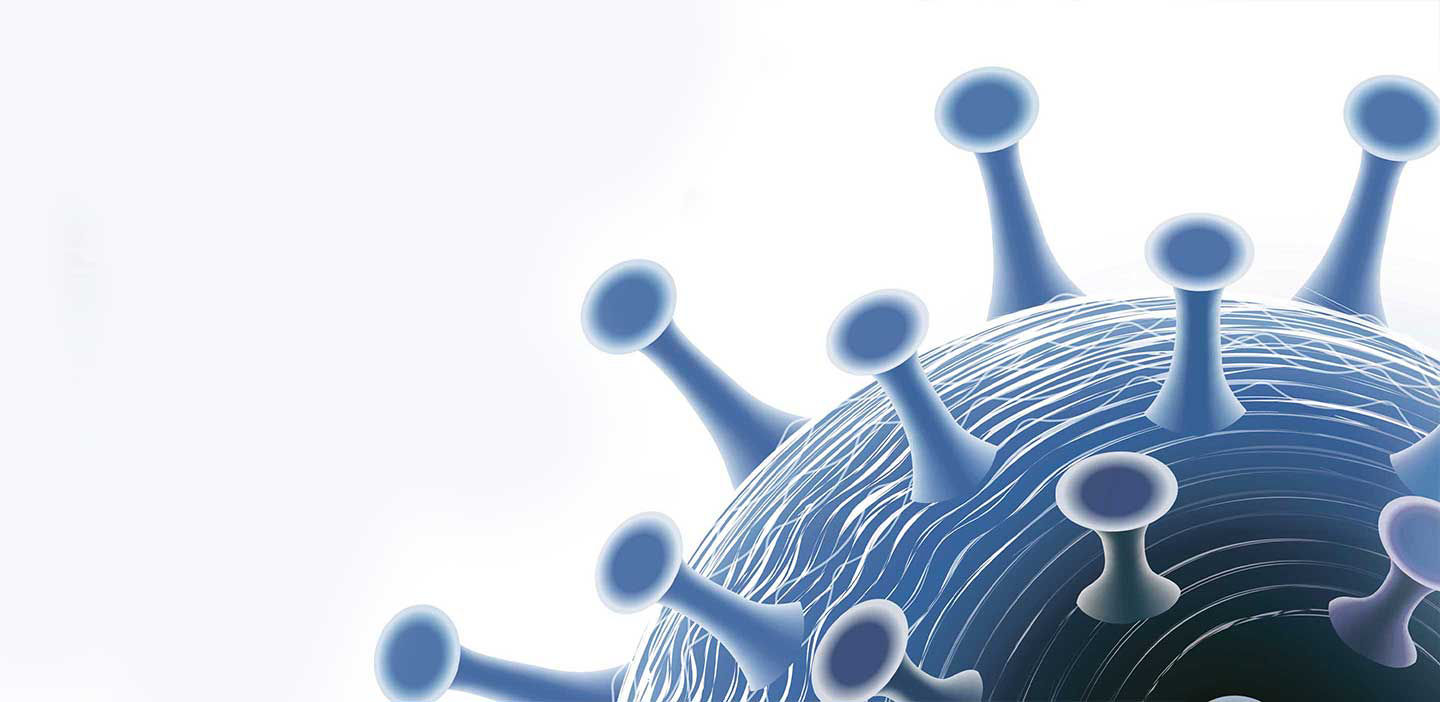Roche’s response to the COVID-19 pandemic
Roche is deeply committed to supporting the global response to put an end to the COVID-19 pandemic.

The SARS-CoV-2 Rapid Antigen Test is a rapid chromatographic immunoassay for the qualitative detection of specific antigens of SARS-CoV-2 present in the human nasopharynx.

This test is intended to detect antigen from the SARS-CoV-2 virus in individuals suspected of COVID-19. The test is intended for professional use only.

1.
A sterile swab is inserted into the patient’s nostril to the surface of the posterior nasopharynx. The swab is rotated three to four times and withdrawn from the nasal cavity.

2.
The swab is placed into an extraction buffer tube. While the buffer tube is squeezed, the swab is stirred at least five times.

3.
Removing the swab, the sides of the tube are squeezed to extract the liquid from the swab and then the nozzle cap is pressed tightly onto the tube.

4.
Three drops of the extracted sample are added to the specimen well of the test device. You can now wait for the test results.

5.
The test result is ready to be read after 15 minutes. It should not be read after 30 minutes as this may lead to false results. The test is positive if a coloured line appears in the top section (C) and lower section (T) of the result window.
The presence of any test line no matter how faint, together with a control line, should be considered as a positive result.

6.
The test results can help healthcare professionals to make appropriate decisions quickly.
For diagnostic purposes, the results should always be assessed in conjunction with the patient's medical history, clinical examination, and other findings.
References